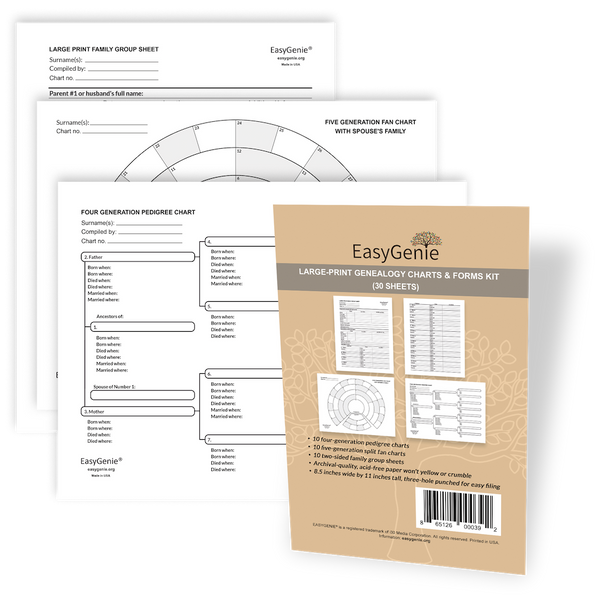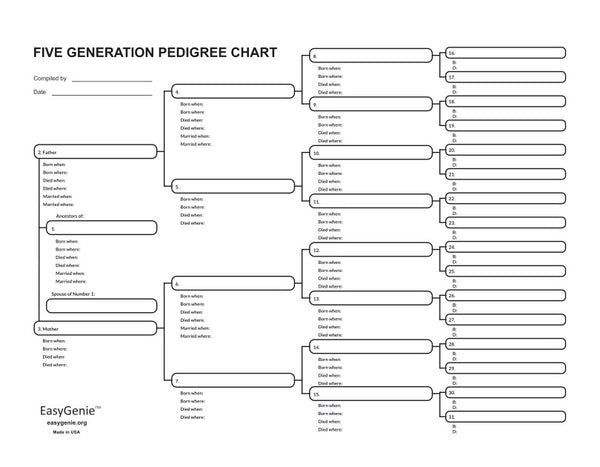
Genealogy scams part II: best practices for online genealogy
Ian LamontA few month ago, I detailed the Buchanan Estate Hoax from the 1930s. Today, I want to discuss modern-day genealogy scams and practical steps to avoid getting ensnared.
Ancestry Scams
Like many high-profile online services, Ancestry grapples with impersonators sending texts or emails tied to scams. Typically, Ancestry states, these messages ask users to “call a fraudulent number, reply to the email, or visit a website to input personal information.”
Ancestry affirms it will never request personal information via email or text message. Furthermore, official emails will always originate from their list of Ancestry domains, and never from a Gmail or Outlook address.
DNA and Surname Scams
People may assume that because DNA offers proof of a connection, it’s impossible to be scammed. Unfortunately, there is nothing stopping a distant DNA cousin from engaging in fraud, particularly if they have taken steps to obscure their true identity.
There have also been outright cons typically involving famous surnames (remember "Clark Rockefeller"?). Other cons ensnare innocent families who are tricked or threatened based on a spurious connection.
In addition, the risk of a DNA account being taken over by a hacker is very real, as millions of 23andMe subscribers discovered in 2023 after 23andme was hacked and account information sold on the dark web. Other services have also been hacked, including MyHeritage and GEDmatch.
What’s the risk to you? Imagine a scenario where you establish a connection with a distant cousin on one of these platforms, and then the communications suddenly turn to pleas for help paying a large medical bill using cryptocurrency. Or, the person on the other end requests “family information” that could be used to gain access to online banking, email, or retirement accounts?
Bogus Genealogy Services
For a long time, scammy services have tricked budding genealogists with imaginary coats of arms for family surnames or biographies of supposedly notable ancestors.
Twenty years ago, a company called Morphcorp was sued by the state of Colorado for defrauding 150,000 people, many of them seniors, by selling worthless “yearbooks” consisting of generic information. “The yearbooks all had the same family coat of arms, family recipes and family jokes,” reported the Denver Post.
Recent advances in AI have made it easier than ever to whip up an impressive but historically inaccurate blazon (such as the fake Polish coat of arms below that I created in less than a minute), or a convincing biography of your fifth great-grandfather and the “Cherokee princess” he married, complete with bogus research citations.

5 Best Practices To Avoid Genealogy Scams
I hate to say it, as so much about genealogy in the digital age depends on trust, but a healthy dose of skepticism and street smarts are required when researching or connecting with other people online. Here are some general best practices for avoiding genealogy scams:
- Assume that the person on the other end of a distant DNA connection or surname match may not be what they seem. Many people don't use real names or can fabricate details to gain the confidence or sympathy of family historians searching for clues.
- There is a real risk of people you know having their online accounts hacked, whether it’s Facebook or FamilySearch. Compromised accounts can be weaponized to ask for money or to trick you into clicking links that lead to your own accounts being hacked.
- Assume large genealogy companies will not safeguard your data or compensate you if there’s a problem. We saw this with the 23andMe hack. The company not only failed to notice the breach for months, it also blamed customers instead of taking responsibility.
- When working with smaller genealogy firms, perform due diligence. Are they located in the U.S.? Is the company registered with state authorities? Are products and services easy to understand? Are officers clearly identified on the website? Is there an easy way to contact them? Are policies clearly stated?
- Finally, be judicious with information you opt to share with strangers or post publicly online, understanding that it may be used, shared, or modified in ways that you never intended.







